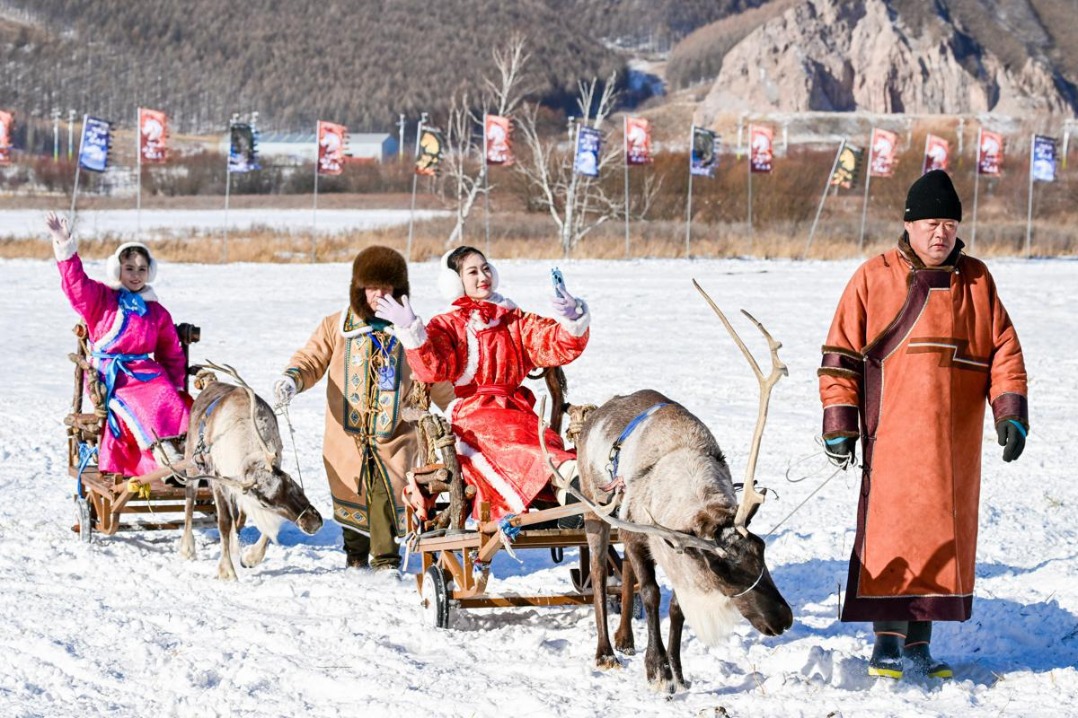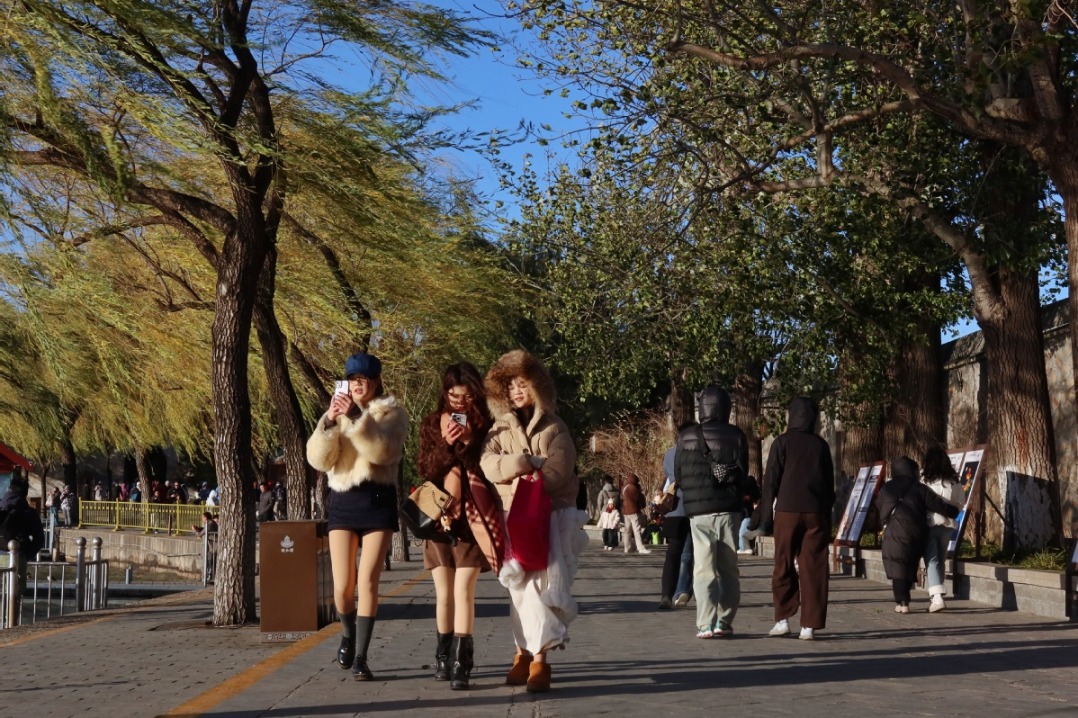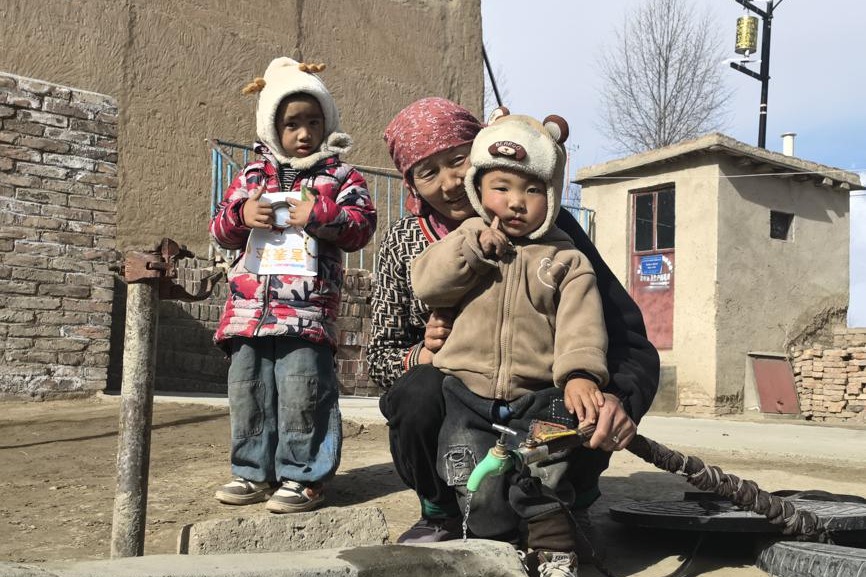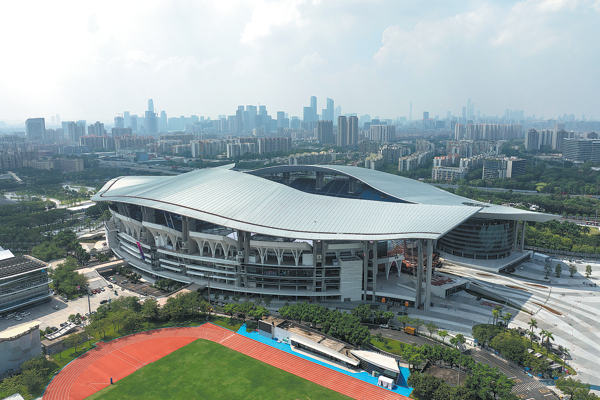Remember sacrifices made for development

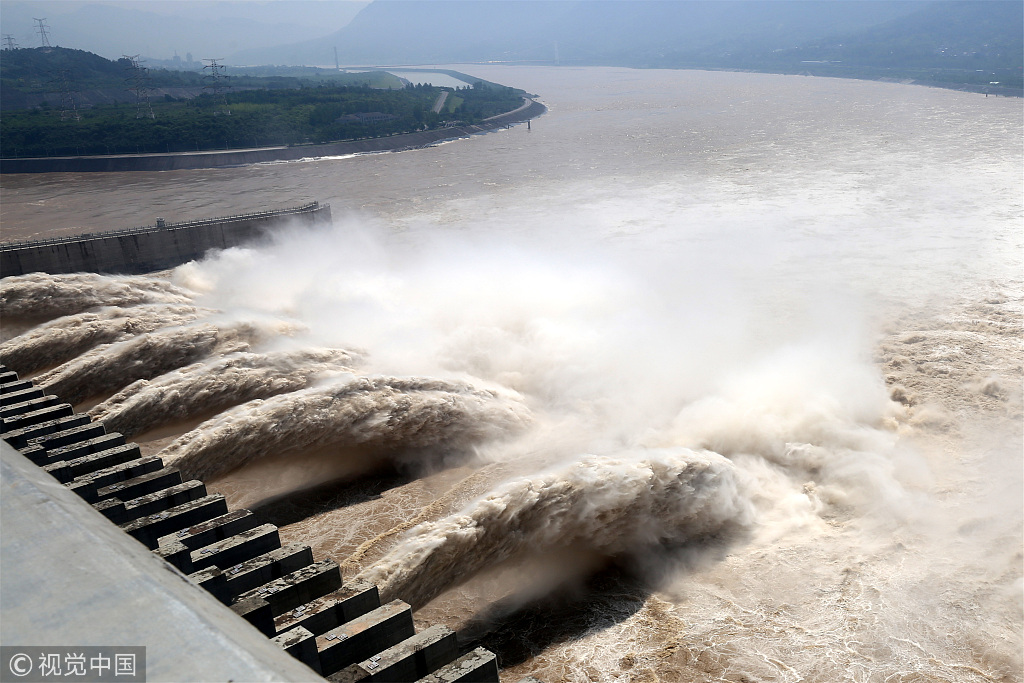
With all the talk of China's rapid development, focus inevitably turns to high-profile projects that stand as symbols of the country's growth over the last few decades. Undoubtedly, the project that looms largest is the Three Gorges Dam, a gargantuan structure straddling the Yangtze River in Hubei province. It is the world's biggest power station.
Approved in 1992, with construction beginning in 1994 and the last part of the dam-an enormous ship lift-completed in 2015, the colossal edifice stands as testament to China's infrastructure ambition. It provides cheap, clean energy to 10 provinces and municipalities, eases river shipping and reduces tens of millions of tons of polluting emissions each year. The dam has already paid for itself, well ahead of schedule. Deadly floods that rocked the region in 1954 and the 1980s are a thing of the past. When it comes to its stated objectives, the Three Gorges Dam has been a triumph.
But along with these dividends have come challenges. Because of the need for a huge reservoir to control water flows and prevent flooding, people who had lived near the planned construction site needed to be moved. For many of these rural migrants, they had to leave the only lives they had ever known and travel to unfamiliar places.
I learned more about this extraordinary exodus when I visited the Three Gorges Migration Memorial museum in Chongqing. A trip to this site brings with it a great deal of perspective on a difficult, complicated period. Keepsakes from people who didn't make it through the journey offer a sobering reminder of the human cost that accompanies such huge undertakings. Powerful visuals in the exhibit demonstrate the sheer size of the migration, as well as the obstacles inherent in such a feat. This carries with it essential lessons.
Though the Chinese government has provided a lot support, ensuring that displaced populations are adequately supported should be a top priority in any future relocation. Whether this is through housing assistance, vocational training, monetary incentives or all of the above, measures must be taken to ensure a stable living for those dealing with the shock of a completely new environment-especially in service of successful projects like the Three Gorges Dam.
It's also important to keep this massive relocation in mind when considering the inevitable urbanization of China's population. This shift is happening on a far smaller scale than the Three Gorges migration, but should not go unnoticed.
The migrants made an unimaginable sacrifice. The museum is one small part of the recognition they deserve for their struggle, and even years after the fact the significance of their endeavor for China's development cannot be overstated. It's only fair to return the favor.
- Single father's egg-fried rice stall becomes campus hit in Jilin
- Qilihai Wetland records highs in migratory bird species and population
- Over 50,000 Taiwan compatriots fought against Japanese invaders on mainland
- Snowfall and strong winds sweep across China
- Xi'an researchers develop AI framework for diagnosing leukemia
- China lauds positive impact of law enforcement centers

















